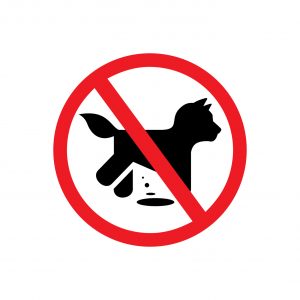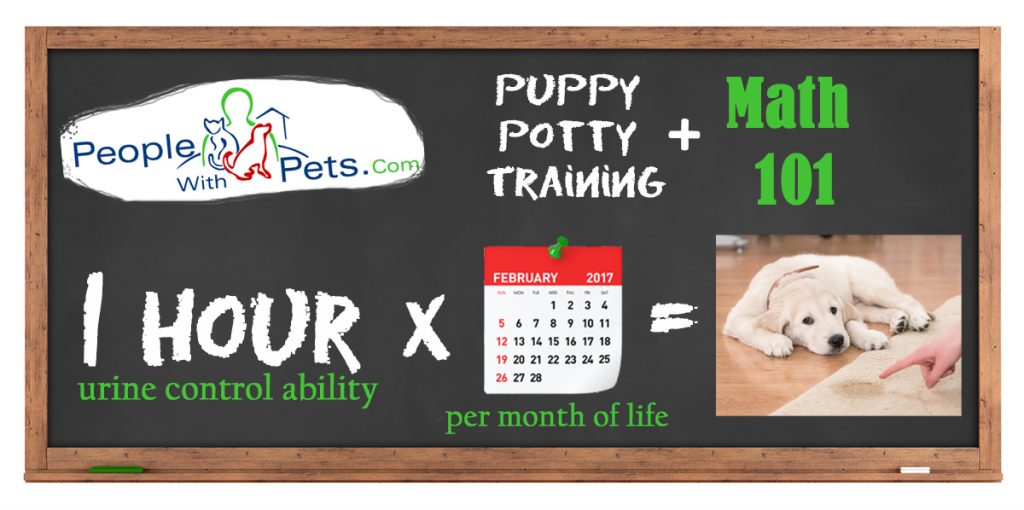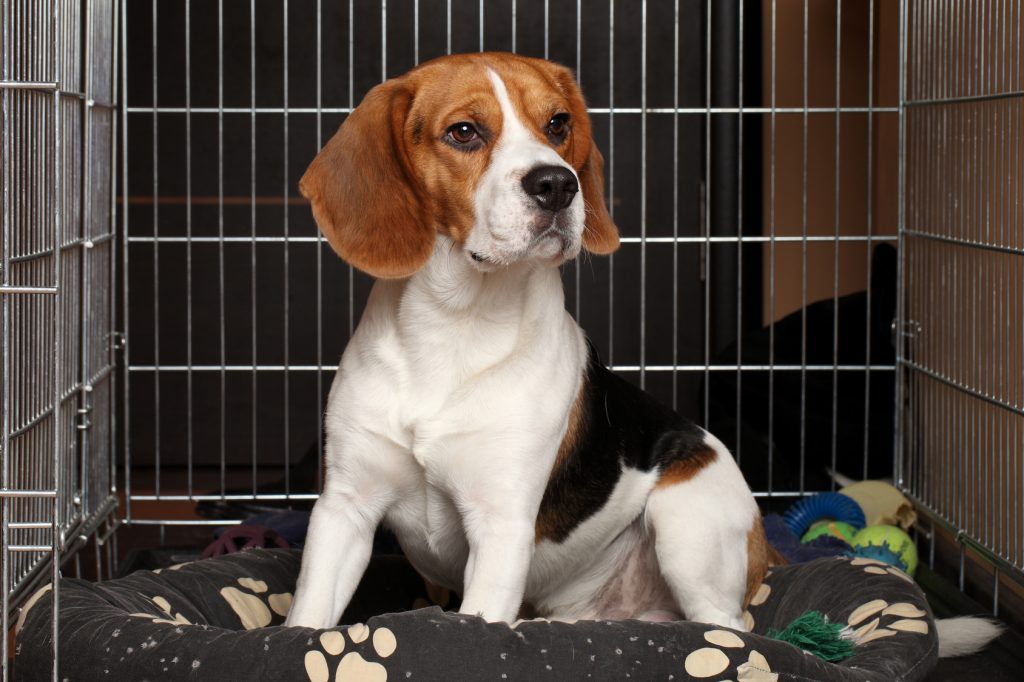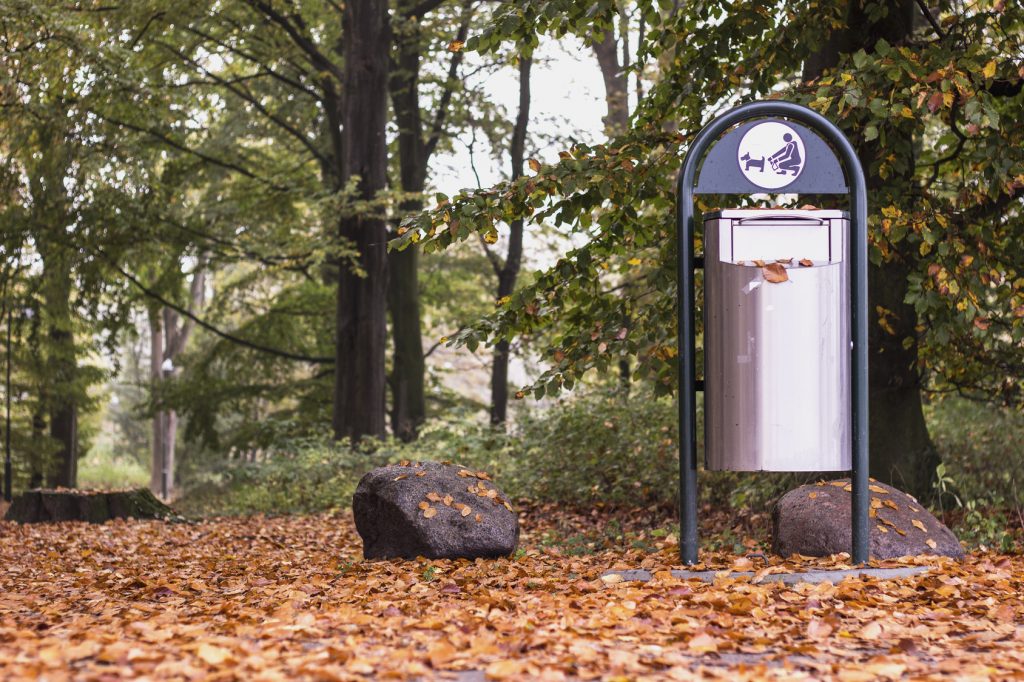Hi all! Boo here from People with Pets. I have been house trained for a long time now, but I am sure there are many of my friends out there who are not! Today we are going to talk about training a puppy in an apartment.
So, you think you are ready to become a pet parent? Do you live in an apartment? Training a puppy, in an apartment will have its own unique set of challenges. Read on as we help you with tips and tricks for training a puppy in an apartment (without it becoming a cat-astrophe!).
When deciding to get a puppy, you must also realize that this is much like raising a newborn human. This puppy will rely solely on YOU to feed, love, care for and train it. It will need around the clock attention. This is not possible for all people. Be sure, before you choose a pet, that you can live up to the lifelong commitment. Pet parents should be ready to become fur-ever family!
Forget most of what “people” tell you about training us. The best way to start training a puppy, is to immediately begin reinforcing paw-sitive behavior and limit opportunities for bad behavior. This starts on day 1 of your new family relationship. (Treats don’t hurt either… especially the ones that look like bacon!)
Things to remember when training a puppy in an apartment.
Young pups need walks, often!
Puppies have small bladders and therefore little ability to hold their urine. A good rule of thumb is to think of a puppy as having the ability to hold its bodily functions 1 hour for each month of age. Let’s do the math; 8 week puppy = 2 hours of holding time MAX! Maybe less!
Experts (all those smart humans!) tell us that pet parents should not expect their fur baby to be able to hold their functions any more than their development allows! This will simply frustrate you and condemn your pet to failure. Repetition and rewards will reinforce the good behaviors. Walk your dog every hour or so and if your puppy relieves himself more than once, offer praise and a treat EVERY time.
Restrict your puppy’s access to a small easy to clean area such as the bathroom or kitchen.
Use a baby gate or other item to blockade your puppy in a certain area until they are fully trained. This will ensure that you can monitor and correct their behaviors quickly. The worst thing is coming around the corner to find yourself standing in a puddle…nobody wants wet socks! If you can’t SEE your puppy, then you cannot scold them when they squat. Also, keeping them confined to an area like the kitchen or bathroom with a hard surface flooring, will make clean up easier.
Create a routine/schedule.
Find a routine in your everyday life that will help regulate your pet’s potty schedule. Feed them at a time that produces a bowel movement when you are able to be home. For some, that means feeding a meal when they come home from work so that your pup has all night to do their business. Carry your pup outside, on schedule, and offer them a consistent spot to go. Even if they haven’t really shown you obvious signs that it’s time to go outside, go for a walk anyway if it’s the scheduled time. Take them to the same spot each time so they recognize the smells of voiding in the area. This promotes quick relief.
 Watch for common signs that your puppy needs to go.
Watch for common signs that your puppy needs to go.
Some say that we dogs train our parents, rather than them training us. When training a puppy, watch for signs of urgency. Here are a few sure signs that your pup needs to go:
- pacing
- circling
- sniffing
- hiking
- squatting
If you see the signs… verbally command your dog to wait and quickly take them outside or place them on a puppy pad.
*Sometimes training with a puppy pad is easiest in high rise apartments as getting outdoors quickly can be a problem if you have to take the stairs or wait for an elevator.
Loudly interrupt your puppy if you catch them relieving themselves indoors.
The loud noise of hand clapping or shrill mouth noise will often startle your puppy and cause them to stop urinating. Immediately pick them up, mid-stream. Don’t give them the opportunity to finish. Quickly, take them outdoors or place them on a puppy pad to finish their “business”.
Catch your pet in the act.
If you notice an accident even a minute after it happens, then you are a minute too late. Your puppy will make little to no connection between their earlier relief and your anger. Rubbing a dog’s nose in their urine or feces is NOT a good idea. It’s dangerous and really no fun for us plus rubbing our noses in our accidents will make us scared and can produce anxiety! Watching closely is a much better approach to waiting until its too late.
If you can’t be home with your puppy all the time during the training process, use a crate. Place your puppy in the crate and reward him with a treat as he enters and exits the crate. Dogs are less likely to potty where they sleep therefore crating puppies reduces that chance that he will relieve himself while you are gone. Remember, that a crate is not a “fix” or “magic”. Eventually, if you are gone for extended periods of time, a pup WILL relieve itself no matter where it is. You just can’t hold it fur-ever!
When you remove your puppy from the crate, keep in mind that if you place him on the floor to put on the leash, he will likely pee immediately. Young puppies are likely to void wherever you first set him down. Keep him in your arms until you are outside or on the training pad.
If using puppy pads, designate a certain area where the pad will always be located. Try not to move this after establishing the area. This can confuse the puppy and lead to accidents. Ensure that this “potty area” is far away from where your pet eats and sleeps.
If you are outdoors, take your pet back to the spot potty spot every time. Always be a good pet parent and remember to pick up the poo if your pet does #2! Your neighbors and management team will thank you!
Have a neighbor check on the puppy.
If you must crate your puppy while you are working, remember the hours rule. Ensure that you can return home on breaks, lunch etc. to allow your puppy to establish a pattern of potty time. If you cannot be home, ask a friend or neighbor to help. Find a good pet sitter if you work long shifts to help relieve the stress on your pet. You may have a great sitter right next door who would enjoy the companionship without the commitment.
Whatever methods you choose to use (look I rhyme!) when training your furry friend, be kind. This is also a bonding time for you and your pet and you don’t want to ruin it by being overly strict or even mean. Pets have memories too and you want to be sure that even training time is paw-sitively structured or you might both end up going mutts!




Leave A Comment
You must be logged in to post a comment.